Das Todesurteil
(Matthäus 27,26‒31; Markus 15,15‒20; Lukas 23,13‒25)
1Da befahl Pilatus, Jesus abzuführen und ihn auszupeitschen. 2Die Soldaten flochten eine Krone aus Dornenzweigen und drückten sie ihm auf den Kopf. Dann hängten sie ihm einen purpurroten Mantel um, 3stellten sich vor ihn hin und spotteten: »Es lebe der König der Juden!« Dabei schlugen sie ihm ins Gesicht.
4Pilatus ging erneut zu den Juden hinaus und sagte: »Hört zu! Ich will ihn euch noch einmal vorführen, damit ihr erkennt, dass er unschuldig ist!« 5Dann kam Jesus heraus. Er trug die Dornenkrone und den roten Mantel. Pilatus forderte die Menge auf: »Seht ihn euch an, was für ein Mensch!«
6Aber kaum hatten die obersten Priester und die Männer der Tempelwache Jesus erblickt, fingen sie an zu schreien: »Ans Kreuz! Ans Kreuz mit ihm!« Daraufhin rief Pilatus: »Dann nehmt ihn doch selbst und kreuzigt ihn! Denn ich bin überzeugt: Er ist unschuldig!« 7Die Juden entgegneten: »Wir haben ein Gesetz, an das wir uns halten; und nach dem Gesetz muss er sterben, denn er hat sich als Gottes Sohn ausgegeben.«
8Als Pilatus das hörte, bekam er noch mehr Angst. 9Er ging wieder in den Palast zurück und fragte Jesus: »Woher kommst du?« Doch Jesus gab ihm keine Antwort. 10»Redest du nicht mehr mit mir?«, fragte Pilatus. »Ist dir nicht klar, dass es in meiner Macht steht, dich freizugeben oder dich ans Kreuz nageln zu lassen?« 11Jetzt antwortete Jesus: »Du hättest keine Macht über mich, wenn sie dir nicht von oben gegeben wäre. Deshalb hat der größere Schuld auf sich geladen, der mich dir ausgeliefert hat.«
12Da versuchte Pilatus noch einmal, Jesus freizulassen. Aber die Juden schrien: »Wenn du den laufen lässt, bist du kein Freund des Kaisers; denn wer sich selbst zum König macht, lehnt sich gegen den Kaiser auf.«
13Als Pilatus das hörte, ließ er Jesus hinausführen an die Stelle, die man »Steinpflaster« nannte, auf Hebräisch: »Gabbata«. Er selbst setzte sich dort auf den Richterstuhl. 14Es war um die Mittagszeit, am Tag vor dem Passahfest, an dem alle mit Vorbereitungen beschäftigt waren. Pilatus sagte zu den Juden: »Hier ist euer König!«
15»Weg mit ihm!«, brüllten sie. »Ans Kreuz mit ihm!« »Soll ich wirklich euren König kreuzigen lassen?«, fragte Pilatus. Die obersten Priester riefen: »Wir haben keinen König, nur den Kaiser!« 16Da gab Pilatus nach und befahl, Jesus zu kreuzigen.
Die Kreuzigung
(Matthäus 27,32‒44; Markus 15,21‒32; Lukas 23,26‒43)
Die Soldaten führten Jesus ab. 17Sein Kreuz trug er selbst aus der Stadt hinaus zu dem Ort, der »Schädelstätte« genannt wird, auf Hebräisch »Golgatha«. 18Dort nagelten sie ihn ans Kreuz. Mit ihm wurden noch zwei andere Männer gekreuzigt, der eine rechts und der andere links von ihm. Jesus hing in der Mitte.
19Pilatus ließ ein Schild am Kreuz anbringen, auf dem die Worte standen: »Jesus aus Nazareth, der König der Juden«. 20Die Stelle, an der Jesus gekreuzigt worden war, lag nahe bei der Stadt. Und so lasen viele Juden diese Inschrift, die in hebräischer, lateinischer und griechischer Sprache abgefasst war. 21Da kamen die obersten Priester zu Pilatus und verlangten von ihm: »Lass das ändern. Es darf nicht heißen: ›Der König der Juden‹, sondern: ›Er hat behauptet: Ich bin der König der Juden‹.« 22Pilatus aber weigerte sich: »Es bleibt genau so stehen, wie ich es geschrieben habe!«
23Als die Soldaten Jesus gekreuzigt hatten, nahmen sie seine Kleider und teilten sie in vier Stücke, so dass jeder der Soldaten eines davon bekam. Das Untergewand war jedoch durchgehend gewebt, ohne jede Naht. 24Deshalb beschlossen sie: »Dieses Untergewand wollen wir nicht zerschneiden. Wir werden losen, wer es bekommen soll.« Damit sollte sich die Vorhersage der Heiligen Schrift erfüllen: »Meine Kleider haben sie unter sich aufgeteilt und um mein Gewand gelost.«19,24 Psalm 22,19 Genauso geschah es auch.
25Bei dem Kreuz, an dem Jesus hing, standen seine Mutter und ihre Schwester, außerdem Maria, die Frau von Klopas, und Maria aus Magdala. 26Als Jesus nun seine Mutter sah und neben ihr den Jünger, den er sehr lieb hatte, sagte er zu ihr: »Das ist jetzt dein Sohn!« 27Und zu dem Jünger sagte er: »Sie ist jetzt deine Mutter.« Von da an nahm der Jünger sie zu sich in sein Haus.
»Es ist vollbracht!«
(Matthäus 27,45‒56; Markus 15,33‒41; Lukas 23,44‒49)
28Jesus wusste, dass nun sein Auftrag erfüllt war. Doch die Vorhersage der Heiligen Schrift sollte voll und ganz in Erfüllung gehen, darum sagte er: »Ich habe Durst!«19,28 Vgl. Psalm 22,16; 69,22. 29In der Nähe stand ein Krug mit Essigwasser. Die Soldaten tauchten einen Schwamm hinein, steckten ihn auf einen Ysopstängel und hielten Jesus den Schwamm an den Mund. 30Nachdem Jesus ein wenig davon probiert hatte, rief er: »Es ist vollbracht!« Dann ließ er den Kopf sinken und starb19,30 Wörtlich: und übergab den Geist..
31Das alles geschah am Tag vor dem Passahfest, das in diesem Jahr auf einen Sabbat fiel. Die führenden Männer der Juden wollten nicht, dass die Toten über den Sabbat – noch dazu an einem solch hohen Feiertag – am Kreuz hängen blieben. Darum gingen sie mit der Bitte zu Pilatus, er solle den Gekreuzigten die Beine brechen lassen, damit ihr Tod schneller eintrat. Danach sollten sie vom Kreuz abgenommen werden. 32Pilatus schickte seine Soldaten los. Zuerst brachen sie dem einen Verbrecher, der mit Jesus gekreuzigt worden war, die Beine, dann dem anderen. 33Doch als sie zu Jesus kamen, stellten sie fest, dass er bereits tot war. Deshalb brachen sie ihm nicht die Beine. 34Aber einer der Soldaten stieß ihm eine Lanze in die Seite. Sofort flossen Blut und Wasser aus der Wunde.
35Dies alles bezeugt ein Mann, der es mit eigenen Augen gesehen hat. Sein Bericht ist zuverlässig und wahr; er selbst weiß genau, dass er die Wahrheit sagt, und hat dies alles geschildert, damit auch ihr glaubt. 36Auch das ist geschehen, damit das Wort der Heiligen Schrift in Erfüllung geht: »Kein Knochen soll ihm zerbrochen werden.«19,36 2. Mose 12,46; 4. Mose 9,12 37Ebenso erfüllte sich die andere Voraussage: »Sie werden auf den sehen, den sie durchbohrt haben.«19,37 Sacharja 12,10
Jesus wird begraben
(Matthäus 27,57‒61; Markus 15,42‒47; Lukas 23,50‒56)
38Nachdem das alles geschehen war, ging Josef aus Arimathäa zu Pilatus und bat ihn um die Erlaubnis, den Leichnam vom Kreuz abnehmen zu dürfen. Insgeheim war er ein Jünger von Jesus, doch aus Angst vor den Juden hatte er das bisher verschwiegen. Pilatus erlaubte es ihm, und so ging er zum Kreuz und nahm den Leichnam von Jesus ab. 39Auch Nikodemus, der Jesus einmal nachts aufgesucht hatte, kam und brachte etwa 30 Kilogramm einer Mischung aus Myrrhe und Aloe. 40Mit diesen wohlriechenden Salbölen wickelten sie den Leichnam von Jesus in Leinentücher ein. So war es beim Begräbnis von Juden üblich.
41In der Nähe der Hinrichtungsstätte lag ein Garten. Dort gab es eine Grabkammer, die erst kürzlich aus dem Felsen gehauen und noch nicht benutzt worden war. 42In dieses nahe gelegene Grab legten sie Jesus, denn sie hatten es eilig, weil bald der Sabbat begann.
Jesus Sentenced to Be Crucified
1Then Pilate took Jesus and had him flogged. 2The soldiers twisted together a crown of thorns and put it on his head. They clothed him in a purple robe 3and went up to him again and again, saying, “Hail, king of the Jews!” And they slapped him in the face.
4Once more Pilate came out and said to the Jews gathered there, “Look, I am bringing him out to you to let you know that I find no basis for a charge against him.” 5When Jesus came out wearing the crown of thorns and the purple robe, Pilate said to them, “Here is the man!”
6As soon as the chief priests and their officials saw him, they shouted, “Crucify! Crucify!”
But Pilate answered, “You take him and crucify him. As for me, I find no basis for a charge against him.”
7The Jewish leaders insisted, “We have a law, and according to that law he must die, because he claimed to be the Son of God.”
8When Pilate heard this, he was even more afraid, 9and he went back inside the palace. “Where do you come from?” he asked Jesus, but Jesus gave him no answer. 10“Do you refuse to speak to me?” Pilate said. “Don’t you realize I have power either to free you or to crucify you?”
11Jesus answered, “You would have no power over me if it were not given to you from above. Therefore the one who handed me over to you is guilty of a greater sin.”
12From then on, Pilate tried to set Jesus free, but the Jewish leaders kept shouting, “If you let this man go, you are no friend of Caesar. Anyone who claims to be a king opposes Caesar.”
13When Pilate heard this, he brought Jesus out and sat down on the judge’s seat at a place known as the Stone Pavement (which in Aramaic is Gabbatha). 14It was the day of Preparation of the Passover; it was about noon.
“Here is your king,” Pilate said to the Jews.
15But they shouted, “Take him away! Take him away! Crucify him!”
“Shall I crucify your king?” Pilate asked.
“We have no king but Caesar,” the chief priests answered.
16Finally Pilate handed him over to them to be crucified.
The Crucifixion of Jesus
So the soldiers took charge of Jesus. 17Carrying his own cross, he went out to the place of the Skull (which in Aramaic is called Golgotha). 18There they crucified him, and with him two others—one on each side and Jesus in the middle.
19Pilate had a notice prepared and fastened to the cross. It read: jesus of nazareth, the king of the jews. 20Many of the Jews read this sign, for the place where Jesus was crucified was near the city, and the sign was written in Aramaic, Latin and Greek. 21The chief priests of the Jews protested to Pilate, “Do not write ‘The King of the Jews,’ but that this man claimed to be king of the Jews.”
22Pilate answered, “What I have written, I have written.”
23When the soldiers crucified Jesus, they took his clothes, dividing them into four shares, one for each of them, with the undergarment remaining. This garment was seamless, woven in one piece from top to bottom.
24“Let’s not tear it,” they said to one another. “Let’s decide by lot who will get it.”
This happened that the scripture might be fulfilled that said,
“They divided my clothes among them
and cast lots for my garment.”19:24 Psalm 22:18
So this is what the soldiers did.
25Near the cross of Jesus stood his mother, his mother’s sister, Mary the wife of Clopas, and Mary Magdalene. 26When Jesus saw his mother there, and the disciple whom he loved standing nearby, he said to her, “Woman,19:26 The Greek for Woman does not denote any disrespect. here is your son,” 27and to the disciple, “Here is your mother.” From that time on, this disciple took her into his home.
The Death of Jesus
28Later, knowing that everything had now been finished, and so that Scripture would be fulfilled, Jesus said, “I am thirsty.” 29A jar of wine vinegar was there, so they soaked a sponge in it, put the sponge on a stalk of the hyssop plant, and lifted it to Jesus’ lips. 30When he had received the drink, Jesus said, “It is finished.” With that, he bowed his head and gave up his spirit.
31Now it was the day of Preparation, and the next day was to be a special Sabbath. Because the Jewish leaders did not want the bodies left on the crosses during the Sabbath, they asked Pilate to have the legs broken and the bodies taken down. 32The soldiers therefore came and broke the legs of the first man who had been crucified with Jesus, and then those of the other. 33But when they came to Jesus and found that he was already dead, they did not break his legs. 34Instead, one of the soldiers pierced Jesus’ side with a spear, bringing a sudden flow of blood and water. 35The man who saw it has given testimony, and his testimony is true. He knows that he tells the truth, and he testifies so that you also may believe. 36These things happened so that the scripture would be fulfilled: “Not one of his bones will be broken,”19:36 Exodus 12:46; Num. 9:12; Psalm 34:20 37and, as another scripture says, “They will look on the one they have pierced.”19:37 Zech. 12:10
The Burial of Jesus
38Later, Joseph of Arimathea asked Pilate for the body of Jesus. Now Joseph was a disciple of Jesus, but secretly because he feared the Jewish leaders. With Pilate’s permission, he came and took the body away. 39He was accompanied by Nicodemus, the man who earlier had visited Jesus at night. Nicodemus brought a mixture of myrrh and aloes, about seventy-five pounds.19:39 Or about 34 kilograms 40Taking Jesus’ body, the two of them wrapped it, with the spices, in strips of linen. This was in accordance with Jewish burial customs. 41At the place where Jesus was crucified, there was a garden, and in the garden a new tomb, in which no one had ever been laid. 42Because it was the Jewish day of Preparation and since the tomb was nearby, they laid Jesus there.




